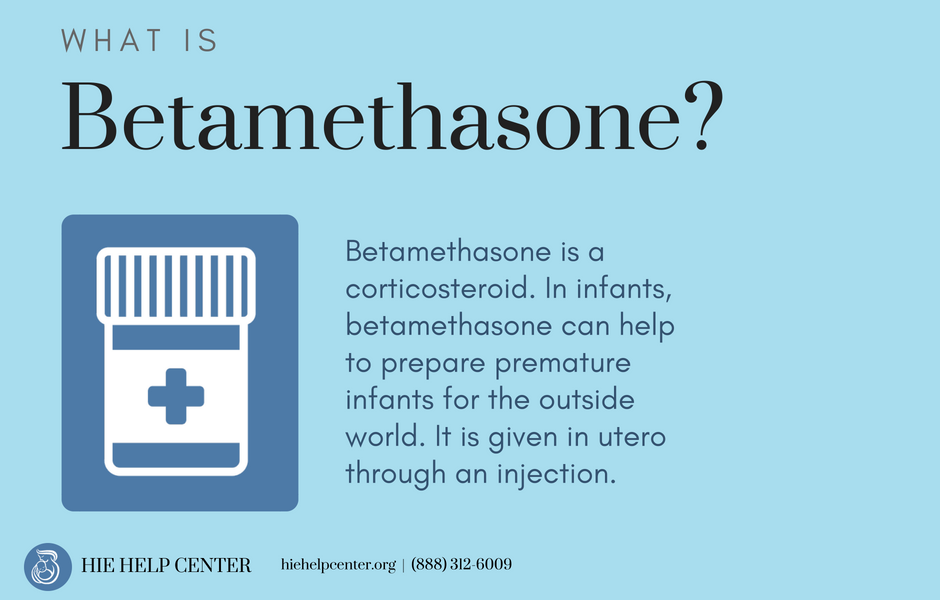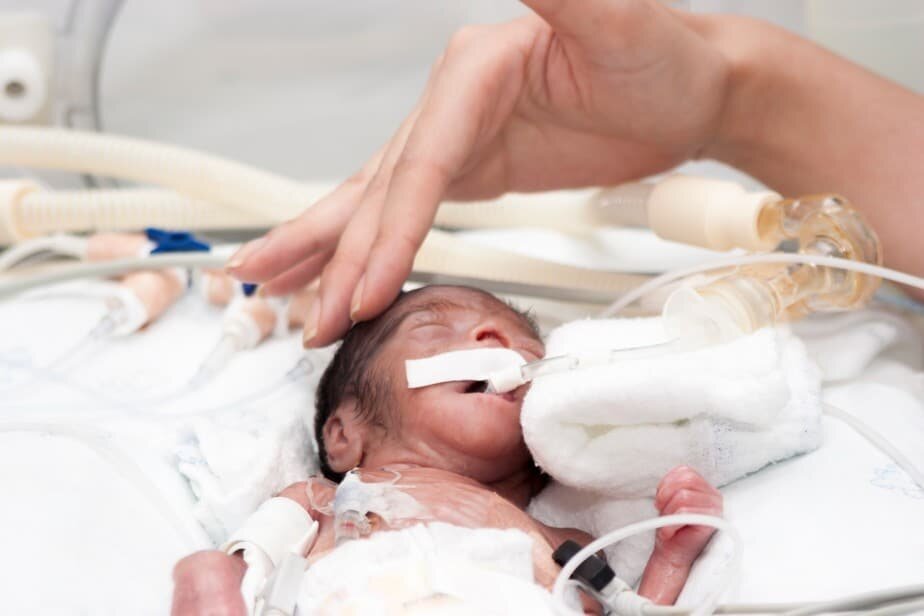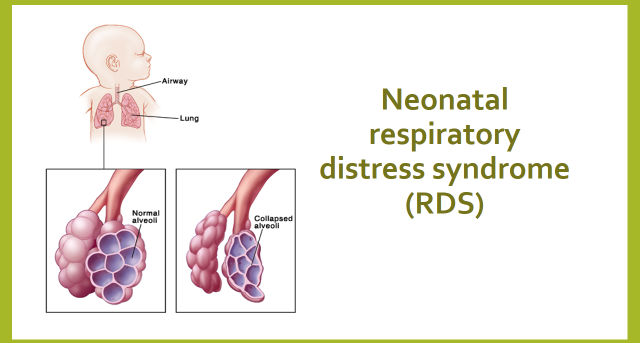surfactant for premature babies side effects
Patent ductus arteriosus up to 60 in premature infants Rare less than 01. Surfaxin is a lung surface acting agent or surfactant It helps the lungs function normally.

Ppv Vs Cpap Neonatal Resuscitation Complications Postive Pressure Ventilation For Newborn
Surfactant replacement was established as an effective and safe therapy for immaturity-related surfactant deficiency by the early 1990s.

. Less invasive surfactant administration versus intubation for surfactant delivery in preterm infants with respiratory distress syndrome. Premature babies may have delayed tooth growth changes in tooth color or teeth that grow crooked or out of place as they get older. This was associated with an improved survival rate from 67 to 80 but.
Your baby may have very mild symptoms of premature birth or may have more-obvious complications. . Prophylactic or very early surfactant administration in very.
Surfaxin may also be used for purposes not listed in this medication guide. Pulmonary surfactant is a substance that prevents the air sacs of the lungs from collapsing by reducing surface tension. This prevents the alveoli from sticking together when your baby exhales breathes out.
However side effects such as transient bradycardia and decreased blood pressure were noted with rapid bolus administration. Sharper looking less rounded features than a full-term babys features due to a lack of fat stores. These babies constitute heterogeneous groups of gestational.
In the 1980s doctors had tried squirting surfactant collected from other creatures in through the tiny nostrils and mouths of babies with respiratory distress syndrome while also putting them on. Acute side effects of surfactant treatment. Some people go into labor very early.
This substance is a liquid that coats the inside of. Administration of surfactant to extreme preterm infants using multiple aliquots and with the patient receiving mechanical ventilation at the same settings before delivery of the drug was associated with severe. Surfactant replacement therapy should be considered in.
These medications are injected at least 24 hours before the babys birth but ideally no more than a week in advance. A systematic review and meta-analysis. Surfactant is a mixture of fat and proteins made in the lungs.
Children born prematurely are more likely to have hearing loss than children born on time. The therapy is now considered routine care for women at risk of preterm delivery between 23 and 34 weeks gestationand may. Premature birth can lead to these health problems.
Side effects noted were apnea desaturations and bradycardia in 24 of infants and surfactant reflux was noted in 16 of infants. Synthetic surfactant is effective in reducing respiratory distress syndrome in preterm babies. The following summarises the evidence for exogenous surfactant in preterm infants.
If you deliver before 34 weeks receiving corticosteroid injections can improve your babys chances of doing well. Effects of less invasive surfactant administration LISA via a gastric tube on the treatment of respiratory distress syndrome in. Low body temperature especially immediately after birth in the delivery room due to a lack of stored body fat.
If a baby is premature born before 37 weeks of pregnancy they may not have made enough surfactant yet. Breathing problems in premature babies are caused by an immature respiratory system. Get a printable copy PDF file of the complete article 243K or click on a page image below to browse page by page.
An unborn baby starts to make surfactant at about 26 weeks of pregnancy. Hentschel R Jorch G. Premature infants may be born before their lungs make enough surfactant.
Bradycardia hypotension Ref Patent ductus arteriosus has also been reported with other exogenous surfactants and is attributed to hemodynamic changes induced by the rapid expansion of the lungs with surfactant administration. They reduce the risk of airleak BPD and neonatal mortality1 2. Natural surfactant is associated with greater early improvement in.
Two main strategies are available for the prevention of neonatal respiratory distress syndrome RDS in cases of preterm delivery. Preterm infants with respiratory distress syndrome RDS requiring surfactant therapy have been traditionally receiving surfactant by intubation surfactant and extubation technique InSurE which comprises of tracheal intubation surfactant administration and extubation. Surfactant replacement therapy for respiratory distress syndrome RDS in preterm infants is a major breakthrough in neonatal medicine.
Neonates with clinical and radiographic evidence of RDS. Betamethasone or dexamethasone are the two steroids most commonly used in cases of preterm delivery. Full text Full text is available as a scanned copy of the original print version.
Sometimes it is absent in immature lungs and respiratory distress syndrome RDS can develop. Also know what the side effects are. These help the babys lungs to function.
Neonates at risk of developing RDS eg. Natural versus synthetic surfactant Both natural and synthetic surfactants are effective in the treatment and prevention of RDS. Sequential changes in compliance and resistance after bolus administration or slow infusion of surfactant in preterm infants.
Surfactant use increased from 44 to 90 and the first dose was given much earlier median 9 versus 180 min in the second era. Surfactant treatment in preterm infants and term newborns with acute respiratory distress syndrome ARDS-like severe respiratory failure has become part of an individualized treatment strategy in many intensive care units around the world. Very common 10 or more.
Surfactant coats the alveoli the air sacs in the lungs where oxygen enters the body. Arch Dis Child Fetal. However more recently noninvasive methods like least invasive surfactant therapy.
Antenatal administration of hormones that accelerate fetal lung maturation and prophylactic treatment with surfactant soon after birth. Links to PubMed are also available for Selected References. Immature lungs in premature babies often lack surfactant.
Ask if your childs condition can be treated in other ways. Surfaxin is used to treat or prevent respiratory distress syndrome RDS in a premature baby whose lungs have not fully developed. 1 Systematic reviews of randomized controlled trials confirmed that surfactant administration in preterm infants with established respiratory distress syndrome RDS reduces mortality decreases the incidence of pulmonary.
Why is surfactant so important. The efficacy of each of these therapeutic regimens has been well.

Betamethasone In Pregnancy Prevention Of Hie

Less Invasive Surfactant Administration A Word Of Caution The Lancet Child Adolescent Health

Lung Surfactants And Antenatal Corticosteroids Nursing Pharmacology Osmosis

Ventilator Review In The Nicu What Does Positive Pressure Volume Targeted And High Frequency Do Empowering Nicu Parents

Breathing Problems And Premature Babies

Less Invasive Surfactant Administration A Word Of Caution The Lancet Child Adolescent Health

Breathing Mismanagement Of Newborns Trusted Legal Help

Respiratory Distress Syndrome Rds Birth Injury Attorneys

What Is Respiratory Distress Syndrome Rds In A Newborn Neopededu

Preemie Babies What To Know About Babies Born At 32 Weeks And Earlier Babycenter

Respiratory Distress Syndrome In The Premature Infant Saint Luke S Health System

Postnatal Steroids In Premature Babies Where Are We Now Paediatricfoam

Treatment Of Breathing Problems In Premature Babies

Respiratory Distress In Infants And Adults Brave Beginnings
/GettyImages-699084531-5a957a4a04d1cf0037c535c4.jpg)
How Babies Lungs Develop In And Out Of The Womb
/GettyImages-699084531-5a957a4a04d1cf0037c535c4.jpg)
How Babies Lungs Develop In And Out Of The Womb

Respiratory Distress Syndrome Of The Newborn Rt

Comparison Of Minimally Invasive Surfactant Therapy With Intubation Surfactant Administration And Extubation For Treating Preterm Infants With Respiratory Distress Syndrome A Randomized Clinical Trial
